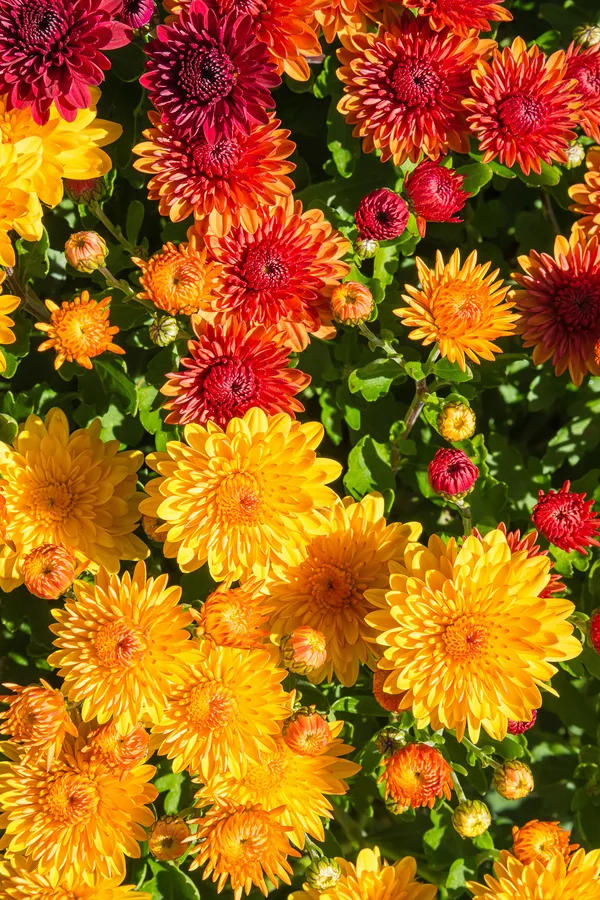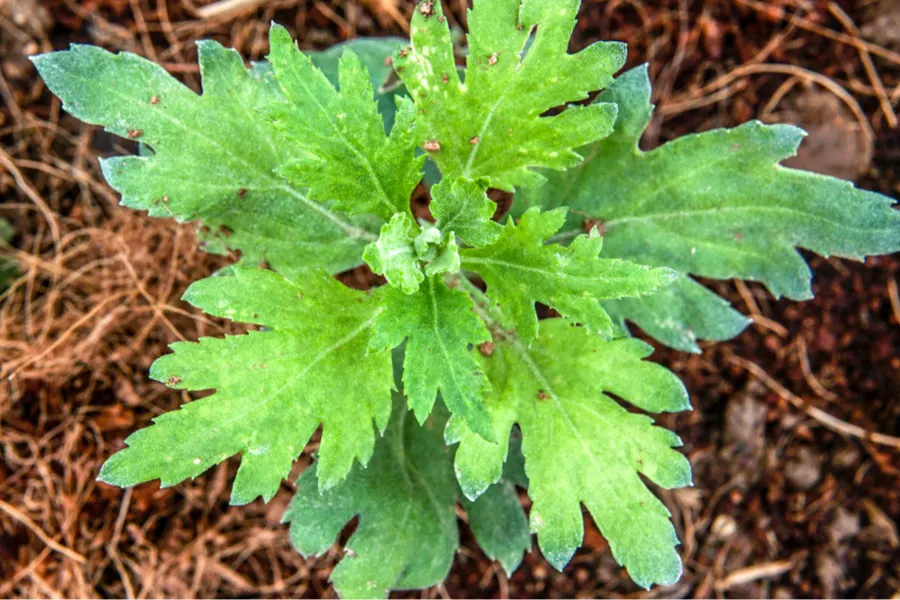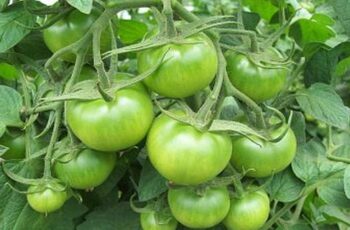Ad Blocker Detected
Our website is made possible by displaying online advertisements to our visitors. Please consider supporting us by disabling your ad blocker.
The following spring, as soon as the soil warms and the threat of a hard freeze is over, it is safe to plant in the landscape. Mums perform best in fertile, well-drained soil. When planting, add in a bit of compost to help their root systems establish quickly.

You can also replant it into a container or pot as well. If you do, you will need to re-pot with fresh soil and most likely move to a larger vessel. This will accommodate the extra root growth that will occur over the summer.
Once planted, cut the stems and foliage back to just above the soil line. Within a few weeks, you should start to see new growth emerging.
Left to grow on their own, mums will normally bloom in mid to late summer. With this in mind, if you are looking for brilliant fall color, you will need to cut them back a few times before they bloom early.
Pinching back is the “official” term of this process, which is simply cutting the plant to within a few inches of height. For most plants, trimming back in early July and again in August works best. This allows the new growth to grow in a more compact fashion. It also means a fuller fall blooming cycle.

Subsequent Care – How To Overwinter Mums
In the fall of the second year and beyond, for mums planted directly into the landscape, there is no need to bring them indoors. The roots of these plants are now firmly established and can handle the winter with a bit of extra protection.
Unlike cutting back other perennials, it is best to leave the mum’s foliage intact through the winter. This helps give it a bit of extra protection from winter’s cold and harsh winds.
In addition to leaving the foliage, apply a few inches of straw, leaves, or mulch to the base of the plant. This helps insulate the roots from extreme cold, and from constant thawing and freezing. In the spring, cut back the foliage to allow the plant to spring forth new growth.
Just as with the previous year, you will once again need to cut back the growth in July and early August to force fall blooms. If you re-pot your mums, you will once again need to bring them in over the winter for protection.
With a few years of growth, your mums may reach a size where splitting is necessary. Spring is the best time for this chore, as it allows the plant to re-establish roots throughout the summer. Splitting not only keeps plants healthy and blooming strong, but it is also an excellent way to double your plants for free.

